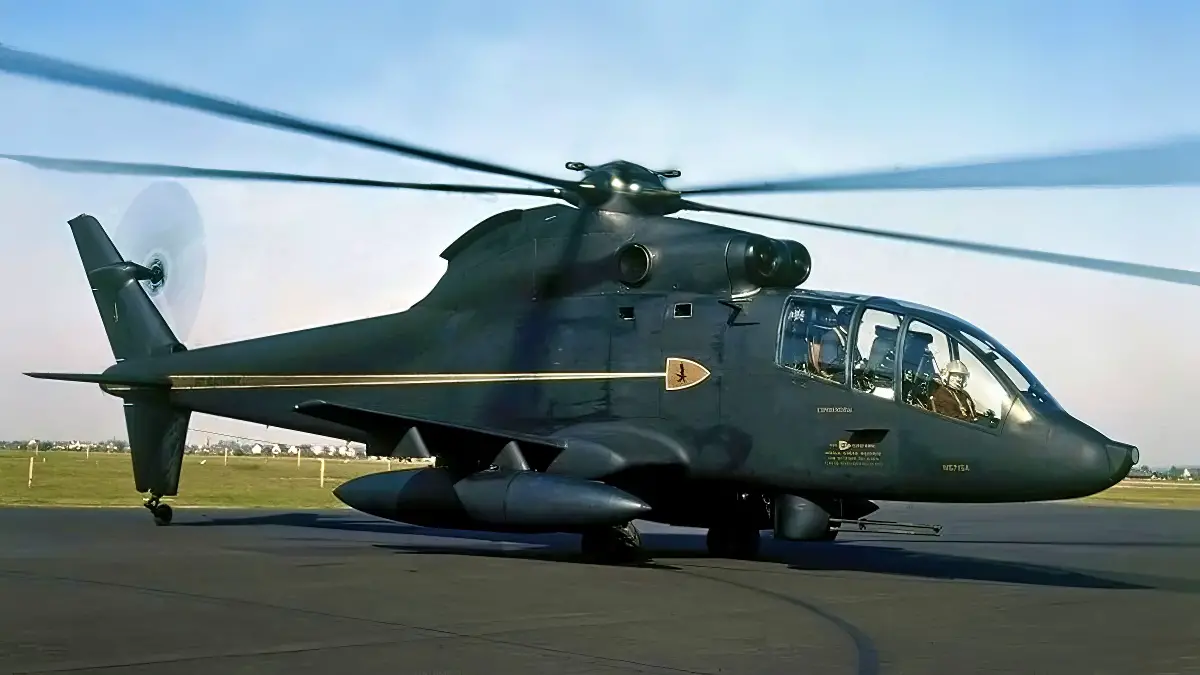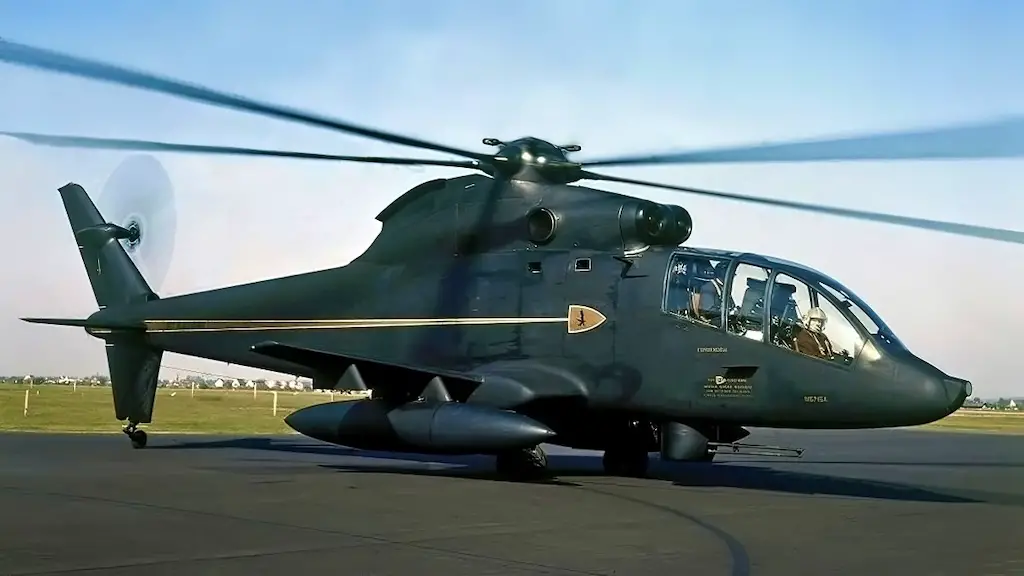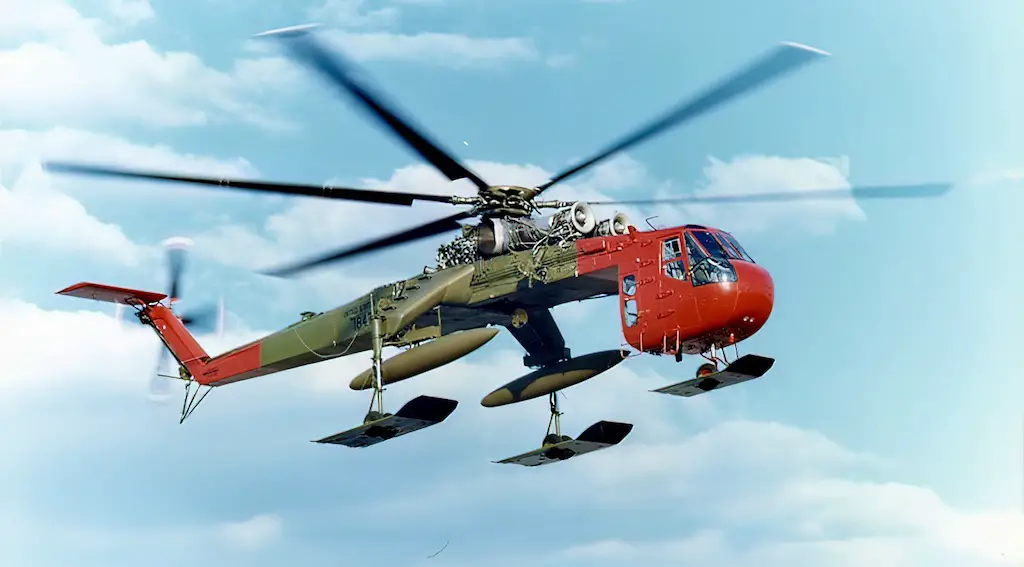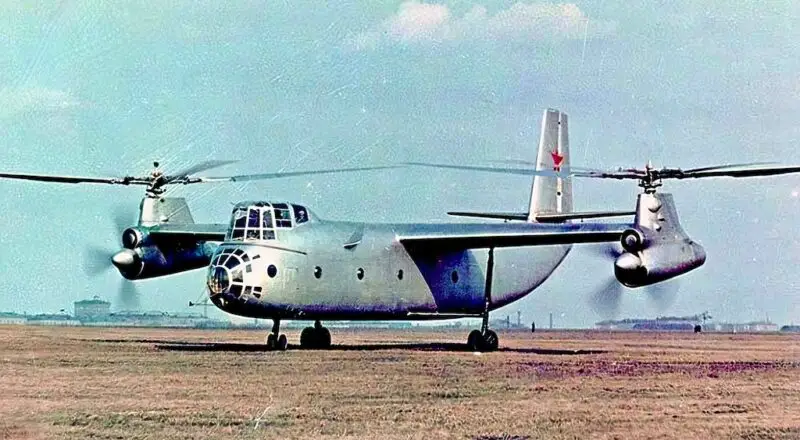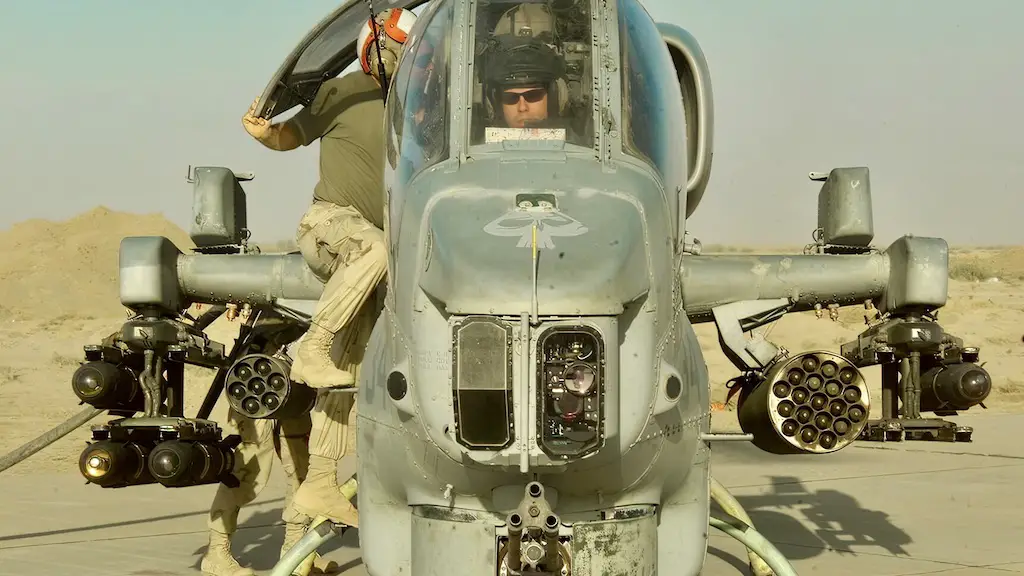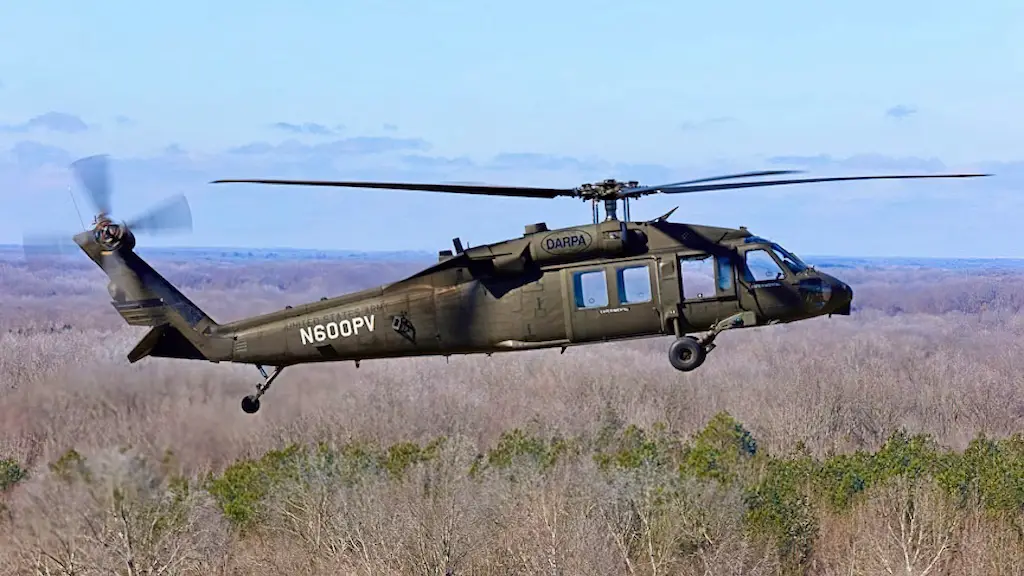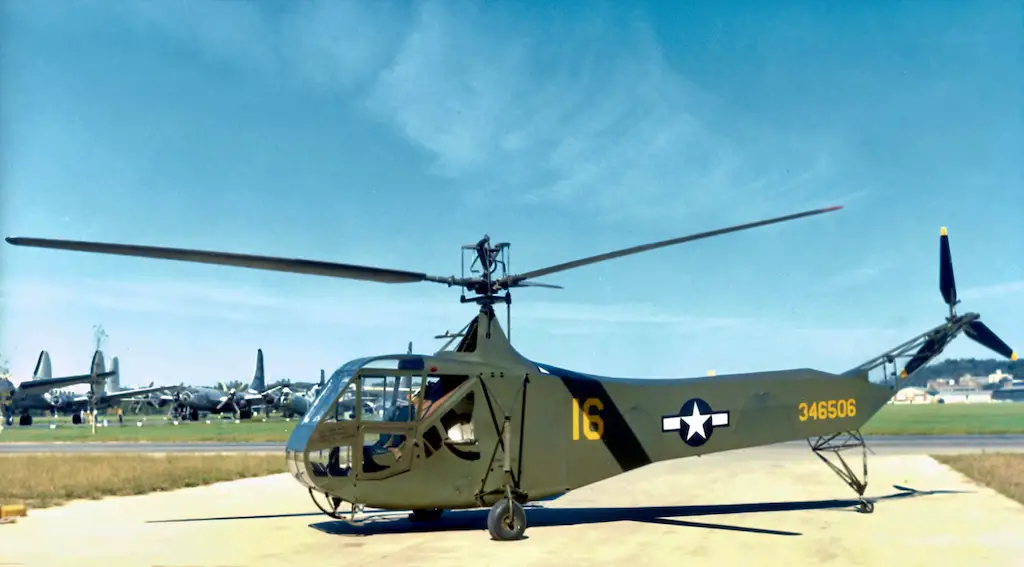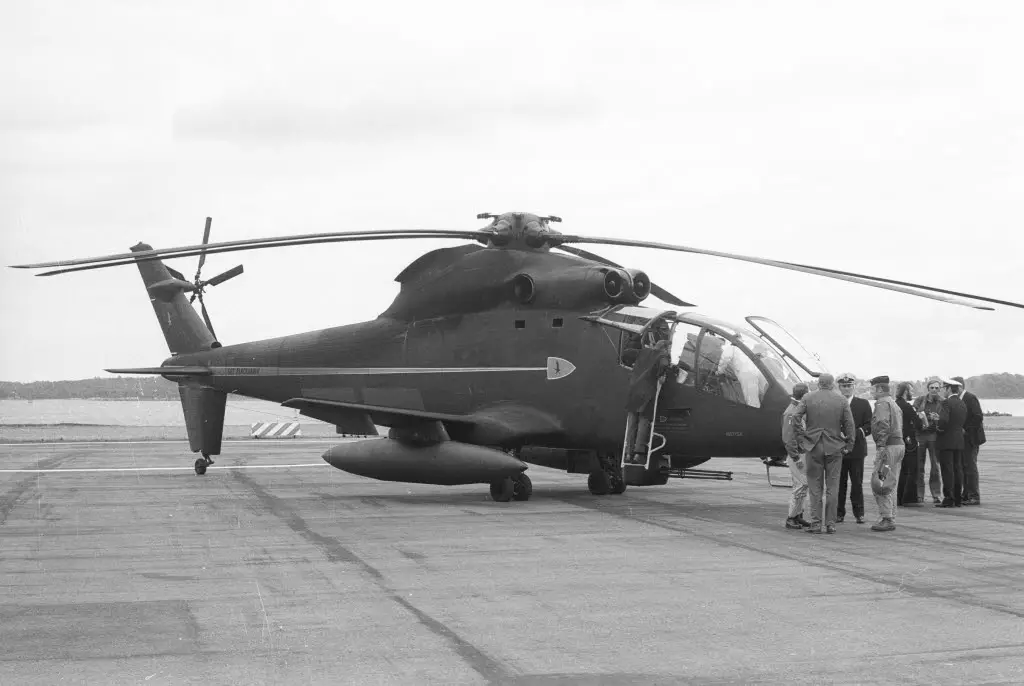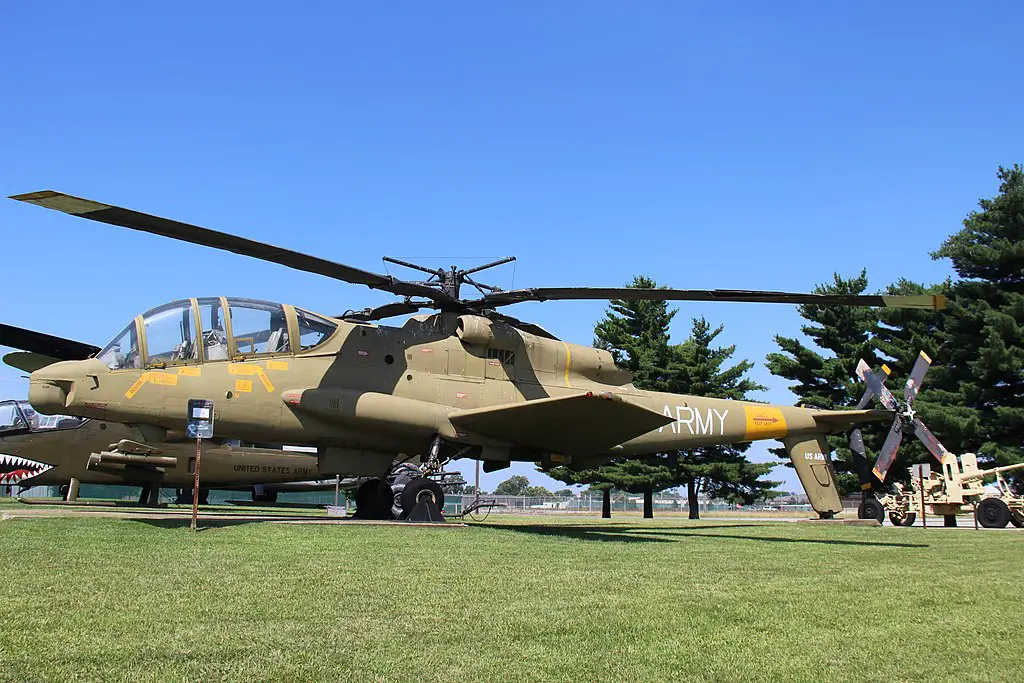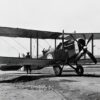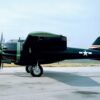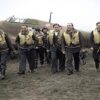The Rise of a New Contender
At the Vietnam War’s height, the US military urgently sought a superior attack helicopter. Their goal? To craft a machine that could unleash devastating firepower and support troops in Vietnam’s tough landscapes. Against this backdrop, Sikorsky Aircraft Corporation, known for aviation excellence, launched an ambitious project. Despite earlier failures to win military helicopter contracts, Sikorsky aimed to redefine combat helicopters with the S-67 Blackhawk.
The S-67 Blackhawk story starts in the mid-1960s, amid escalating US involvement in Vietnam. The US Army’s call for a new Advanced Aerial Fire Support System sparked intense competition. Sikorsky, with its S66, initially showed promise but lost to Lockheed’s Cheyenne. However, Sikorsky didn’t back down. Instead, it paved the way for the S-67 Blackhawk, a helicopter that melded the best of its predecessors with groundbreaking innovations.
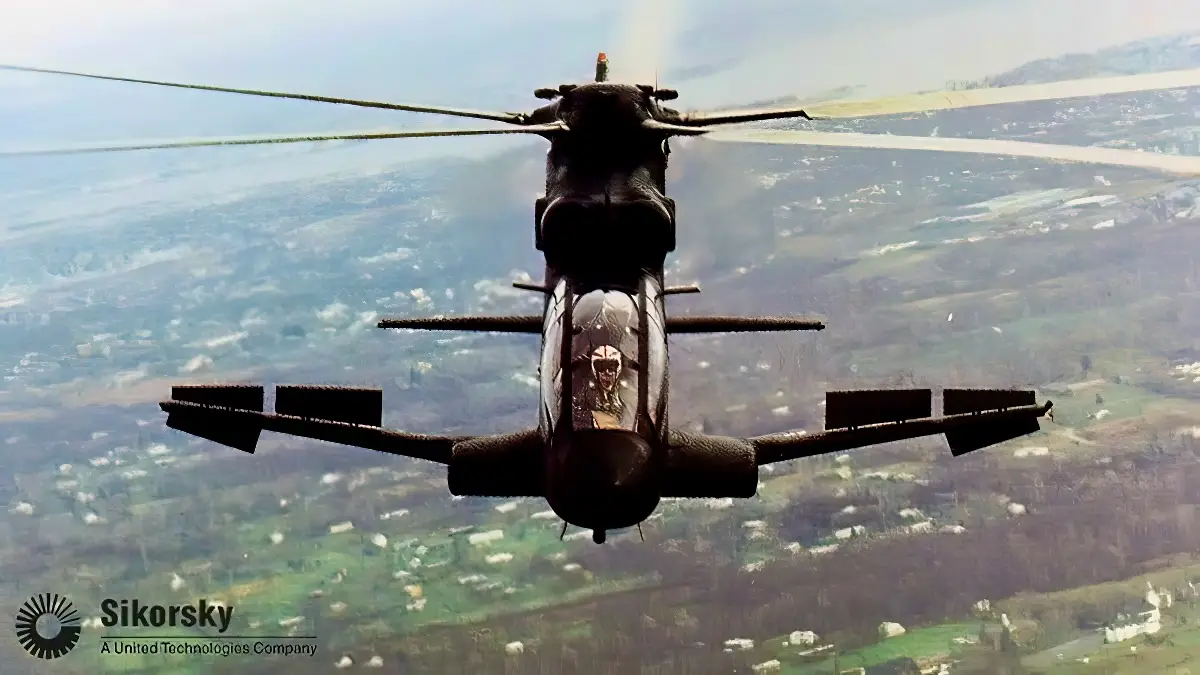
Crafting a War Machine
The S-67 Blackhawk was extraordinary. Its innovative design combined a sleek fuselage with the power of twin General Electric T-58-GE-5 1500 horsepower turbines. Designed to transport a massive arsenal, the Blackhawk could carry up to 7000 pounds of weapons. Its versatility also shone through, enabling it to perform missions ranging from high-speed rescues to anti-submarine warfare.
The S-67 Blackhawk’s first flight in August 1970 made a bold statement. Built in seven months and under budget, it flaunted its prowess right away. Its sleek design and advanced features, like the high-speed blade tips and stabilizing fin, redefined helicopter capabilities. The Blackhawk wasn’t just swift; it was nimble, mastering maneuvers that other helicopters couldn’t attempt. Its record-breaking speed further solidified its engineering marvel status.
The Struggle for Acceptance
Despite impressive performances, the S-67 Blackhawk struggled for official recognition. Through evaluations and comparisons, like with the Bell 309 King Cobra, it proved superior. Pilots praised its agility and view. It excelled in testing innovative elements like speed brakes and stabilators. However, shifting military priorities and a tragic crash at the Farnborough Air Show cut the Blackhawk’s journey short.
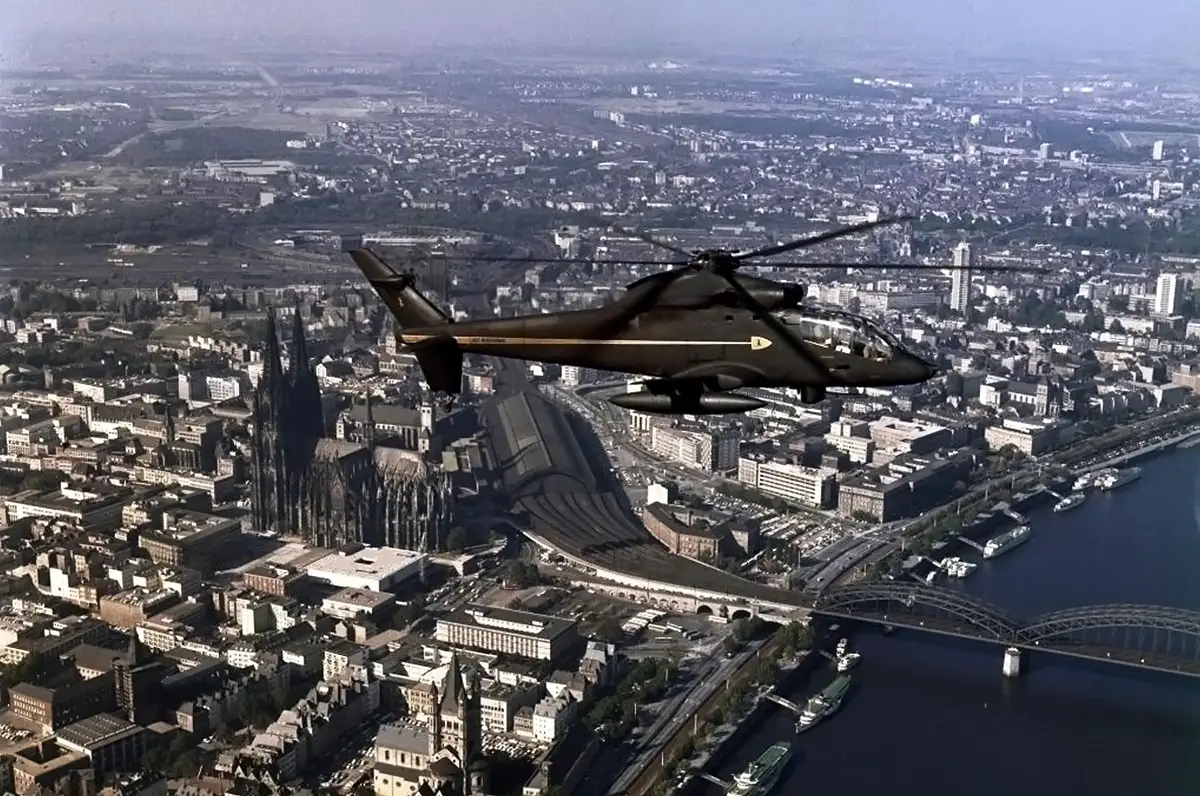
The story of the S-67 Blackhawk, from groundbreaking prototype to historical footnote, showcases lost potential. Its advanced design and unmatched capabilities hinted at a future of aerial combat that never came to be. Yet, its influence endures, shaping future military helicopters. The Blackhawk name found its place in history with the UH-60A, a mainstay in US military aviation.
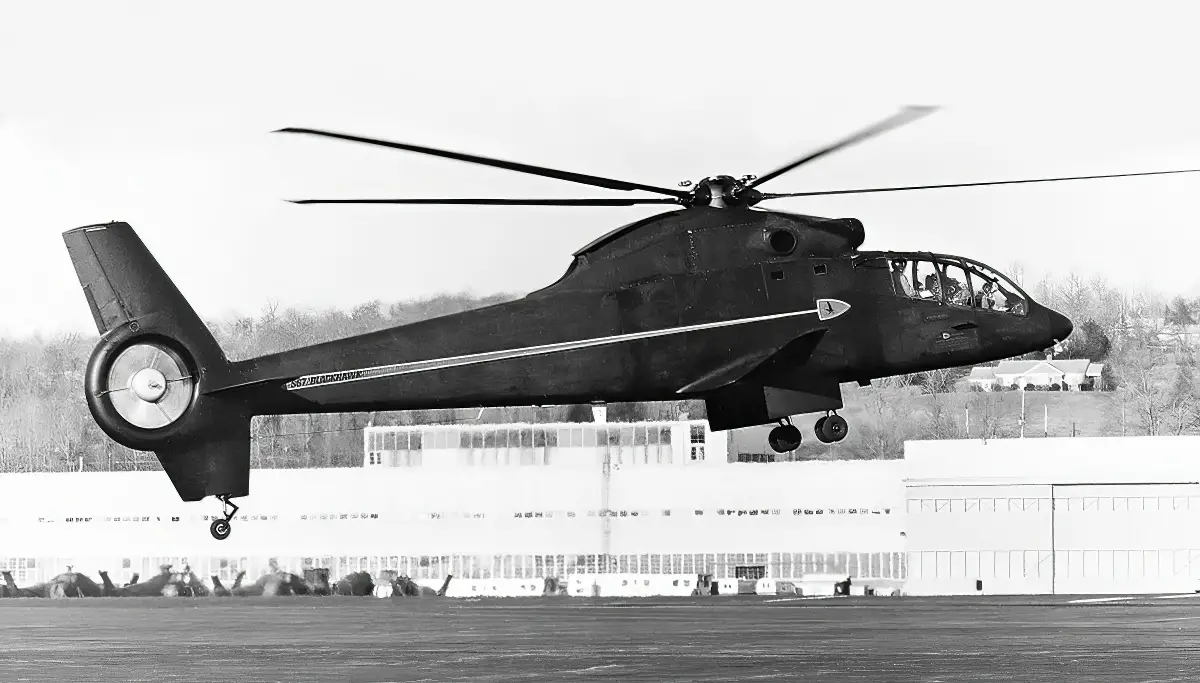
Reflecting on What Could Have Been
The Sikorsky S-67 Blackhawk story is a saga of innovation, ambition, and the brutal realities of military procurement. It reminds us of the transformative potential of daring engineering and design. Yet, it also warns of the challenges that can halt promising projects. The S-67 Blackhawk represents Sikorsky’s lasting legacy in aviation—a symbol of possibilities and a poignant note on the changing nature of warfare.
